On the journey to explore the vast universe, heavy-lift rockets are humanity’s most powerful tools. They serve not only as a bridge between Earth and space but also as the key to realizing humanity’s dreams among the stars.
With the increasing depth of space exploration and the desire to acquire resources beyond Earth, China and the United States, as space powers, have launched their respective heavy-lift rockets – Long March 9 and the Space Launch System (SLS). These two rockets represent not only the technological prowess of each nation but also the key to future space missions.
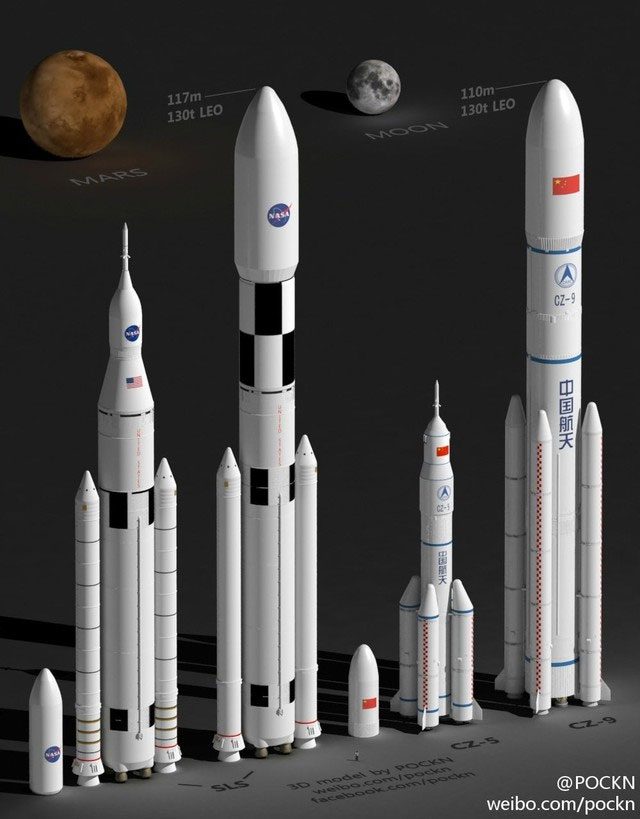
The Space Launch System (left) of the United States and Long March 9 (right) of China.
Long March 9 is China’s next-generation heavy-lift launch vehicle currently under development. The research and development plan for the rocket began in 2016, with Long March 9 designed to meet China’s future needs for crewed lunar exploration, Mars exploration, and other deep space missions. As a major project led by the China Academy of Launch Vehicle Technology, Long March 9 carries not only the hopes of China’s aerospace industry but also serves as a significant symbol of China’s strength in the international aerospace arena.
Long March 9 boasts considerable advantages in multiple aspects, particularly in its powerful payload capacity. It is expected to have a low Earth orbit payload capacity of over 100 tons and a geostationary transfer orbit capacity of over 50 tons. Additionally, it is planned to be capable of delivering over 20 tons of payload to the lunar surface. These outstanding performance metrics make Long March 9 one of the most powerful launch vehicles in the world.
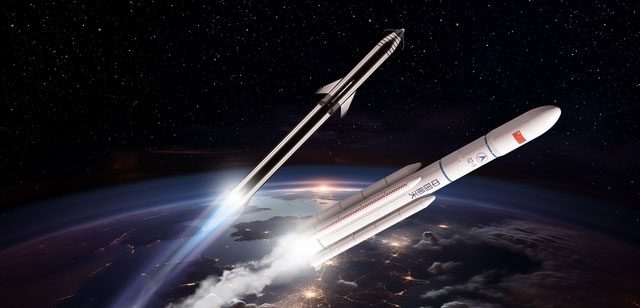
Long March 9 is one of the most powerful launch vehicles in the world.
This advanced propulsion system not only enhances payload capacity but also increases mission adaptability, enabling it to undertake more challenging discovery tasks. Furthermore, Long March 9 employs a modular design tailored to specific needs, whether for crewed lunar landings, Mars exploration, or other deep space missions. This not only improves mission success rates but also reduces R&D and production costs, enhancing the rocket’s economic viability and sustainability.
Finally, Long March 9 incorporates a wide range of advanced technologies such as 3D printing, high-strength composite materials, and precision manufacturing processes in its production. This not only improves production accuracy and quality but also significantly shortens production cycles and enhances the competitiveness of the rocket.
With the development and future launch of Long March 9, China’s space industry will enter a new phase. This heavy-lift rocket is set to become a significant milestone in the development of China’s aerospace sector and will pave the way for more ambitious deep space exploration journeys for China.
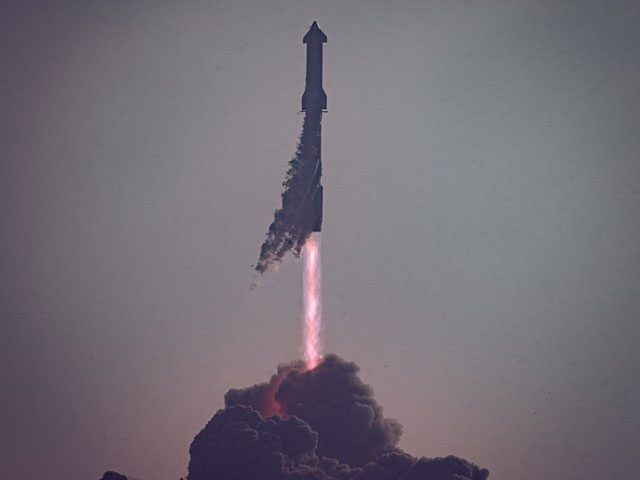
The Space Launch System (SLS) is designed to support the Artemis program.
The Space Launch System (SLS) is the next-generation heavy-lift launch vehicle developed by NASA, designed to support the Artemis program as well as future deep space exploration missions. The development of SLS began in 2010, aiming to replace the retired Space Shuttle and meet the needs for crewed lunar exploration and future Mars missions.
The design goals of SLS include adaptable mission capabilities and strong payload capacity, enabling it to deliver heavy loads into low Earth orbit, lunar orbit, and deeper space destinations. The first flight of SLS was initially planned for 2021; however, due to technical challenges and other factors, the first flight has been postponed to 2022.
As a tool for the United States to explore deep space, SLS has significant advantages in multiple aspects. First and foremost is its powerful payload capacity. SLS can carry over 70 tons to low Earth orbit, with future upgraded versions expected to exceed 130 tons. This robust payload capability makes it one of the most powerful launch vehicles in the world, providing the necessary support to carry out complex and challenging space missions. In addition to its strong payload capacity, SLS also boasts high reliability.
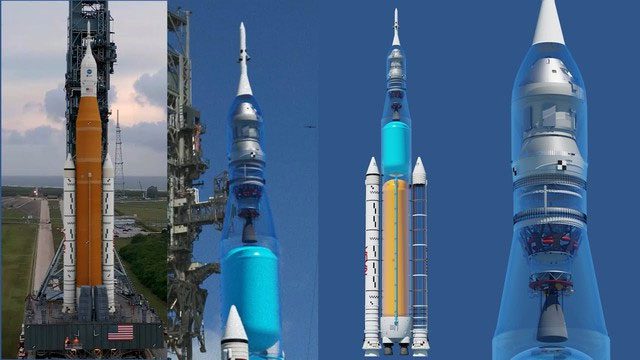
The SLS launch system has significant advantages in multiple aspects.
It utilizes the proven and repeatedly improved RS-25 liquid oxygen and liquid hydrogen engines. This engine has accumulated rich experience and data from the Space Shuttle program, and its reliability has been thoroughly validated. Simultaneously, SLS also employs solid rocket booster technology to enhance thrust and stability during launch.
Another major advantage of SLS is its flexible mission adaptability. Its modular design allows it to be configured flexibly according to specific mission requirements. Whether for crewed lunar landings, Mars exploration, or other deep space exploration missions, SLS can provide robust support and significantly improve mission success rates.
Finally, it has a strong support system: SLS has received robust backing from NASA and its partners, meaning that it can access abundant resources and technical support during its development, testing, and mission execution. This strong support system lays a solid foundation for the success of SLS. As the new generation of heavy-lift launch vehicles from the United States, SLS not only showcases the remarkable achievements of the U.S. in aerospace technology but also serves as a core instrument for the U.S. to return to the Moon and, in the future, embark on Mars missions.
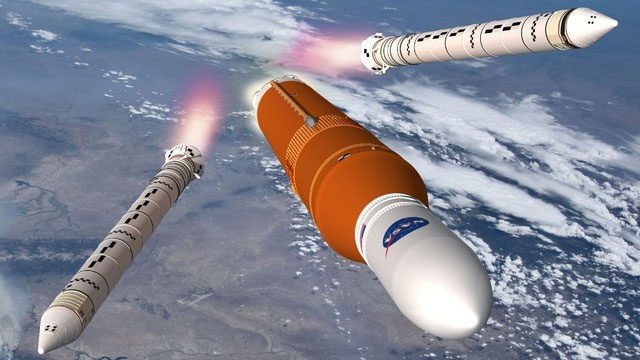
Both Long March 9 and SLS are designed for deep space exploration missions.
Both Long March 9 and SLS are designed for future deep space exploration missions. In terms of technology, Long March 9 and SLS both have their unique advantages. Long March 9 benefits from liquid oxygen and kerosene engines as well as modular design, while SLS has advantages in liquid oxygen and liquid hydrogen engines as well as solid rocket booster technology.
The design of Long March 9 emphasizes sustainability for the future, and its reusable design concept helps reduce costs per launch. Additionally, Long March 9’s powerful payload capacity allows it to undertake multiple deep space exploration missions, including crewed lunar exploration and sample return missions from Mars.
SLS supports NASA’s Artemis program, aiming to return humans to the Moon and prepare for crewed missions to Mars. The design of SLS inherits the engineering foundations of the Space Shuttle while emphasizing mission stability and reliability.
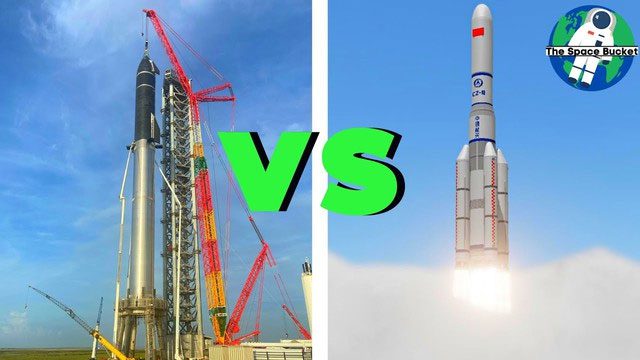
In terms of technology, Long March 9 and SLS both have their unique advantages.
The development of Long March 9 marks China’s larger voice in the aerospace industry in the future. Its design goals include not only crewed lunar landings and the return of scientific exploration samples from Mars but also a variety of challenging missions such as crewed landings on Mars and exploring planets beyond the Solar System.
SLS is a crucial part of the United States’ deep space exploration endeavors. Its successful first launch marks the official beginning of the Artemis program’s return to the Moon. SLS is designed in three stages, each with different transportation capabilities. Although its first launch faced a series of delays and technical challenges, it remains the most capable active launch vehicle. The potential development of SLS lies in its reliability and flexibility, which will robustly support future crewed deep space exploration missions.

Whether exploring Mars or deep space, Long March 9 and SLS will play significant roles.
The Long March 9 and SLS, representing the heavy-lift rockets of China and the United States, not only showcase their respective scientific and technological capabilities but also provide significant support for future space exploration. As these two rockets are put into service, human space exploration will reach new heights. Whether it’s crewed lunar landings, Mars exploration, or deep space missions, the Long March 9 and SLS will play crucial roles in these endeavors. We have reason to believe that with the assistance of these two rockets, humanity can venture further along the path of space exploration.




















































